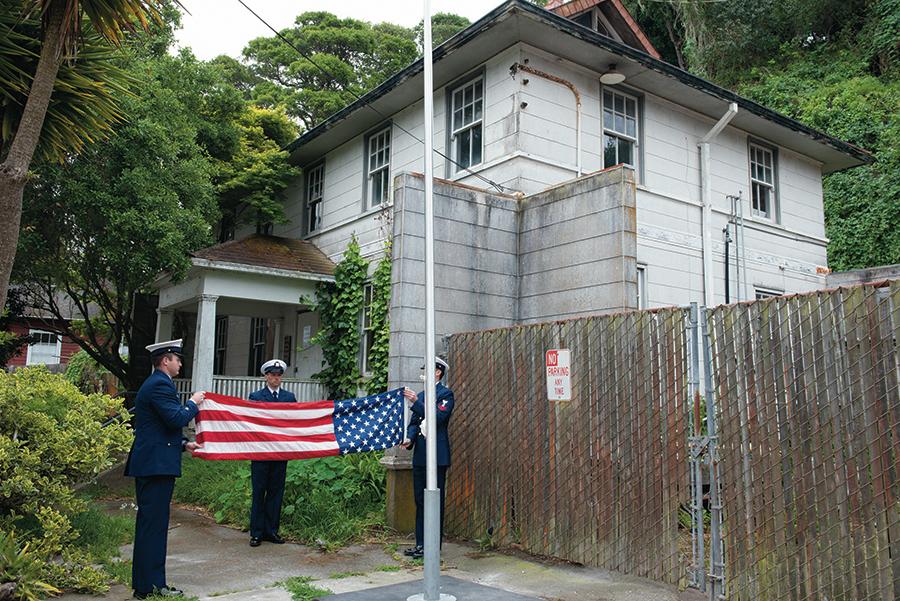The Coast Guard lowered the flag at its old lifeboat station in Bolinas last week and handed it off to a professor from the . . .
Deficient report preceded permit to demolish Bo marine lab


The Coast Guard lowered the flag at its old lifeboat station in Bolinas last week and handed it off to a professor from the . . .